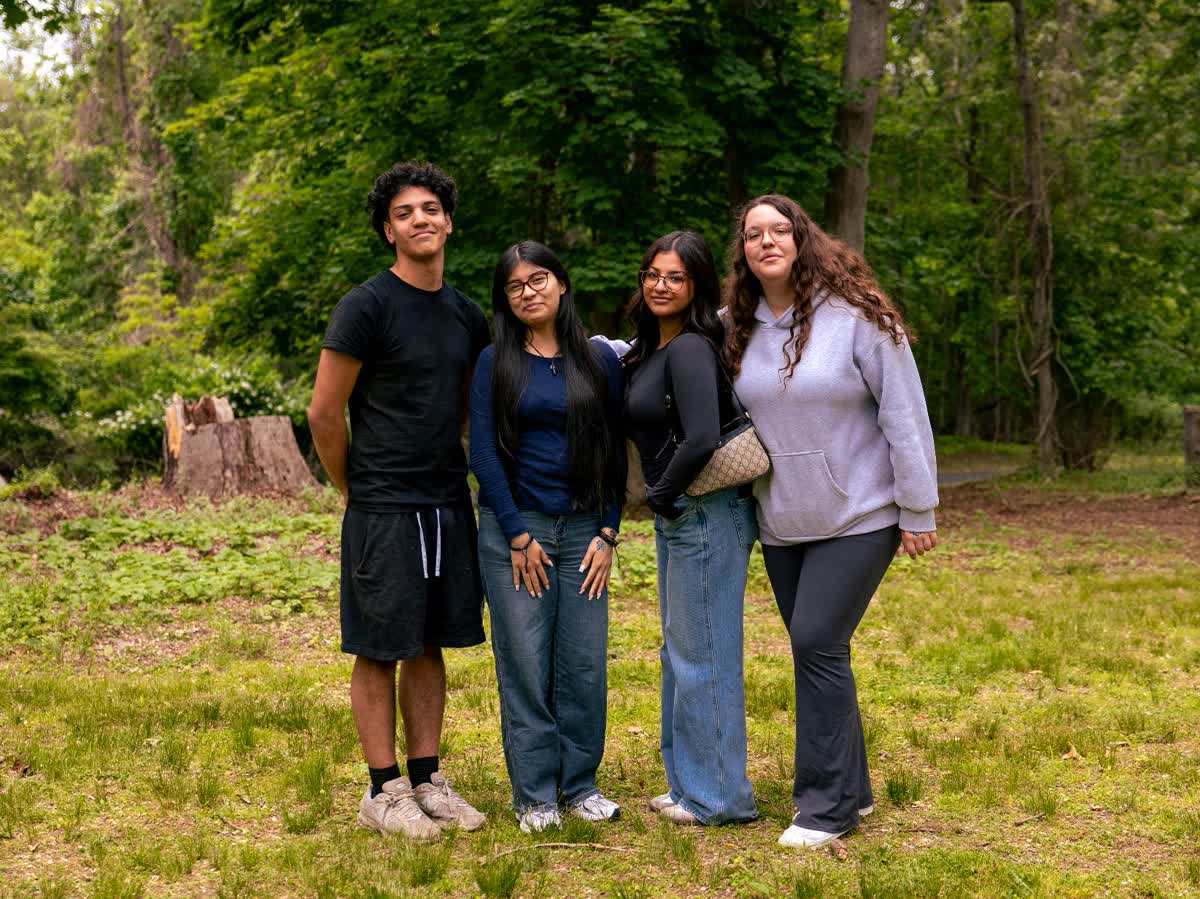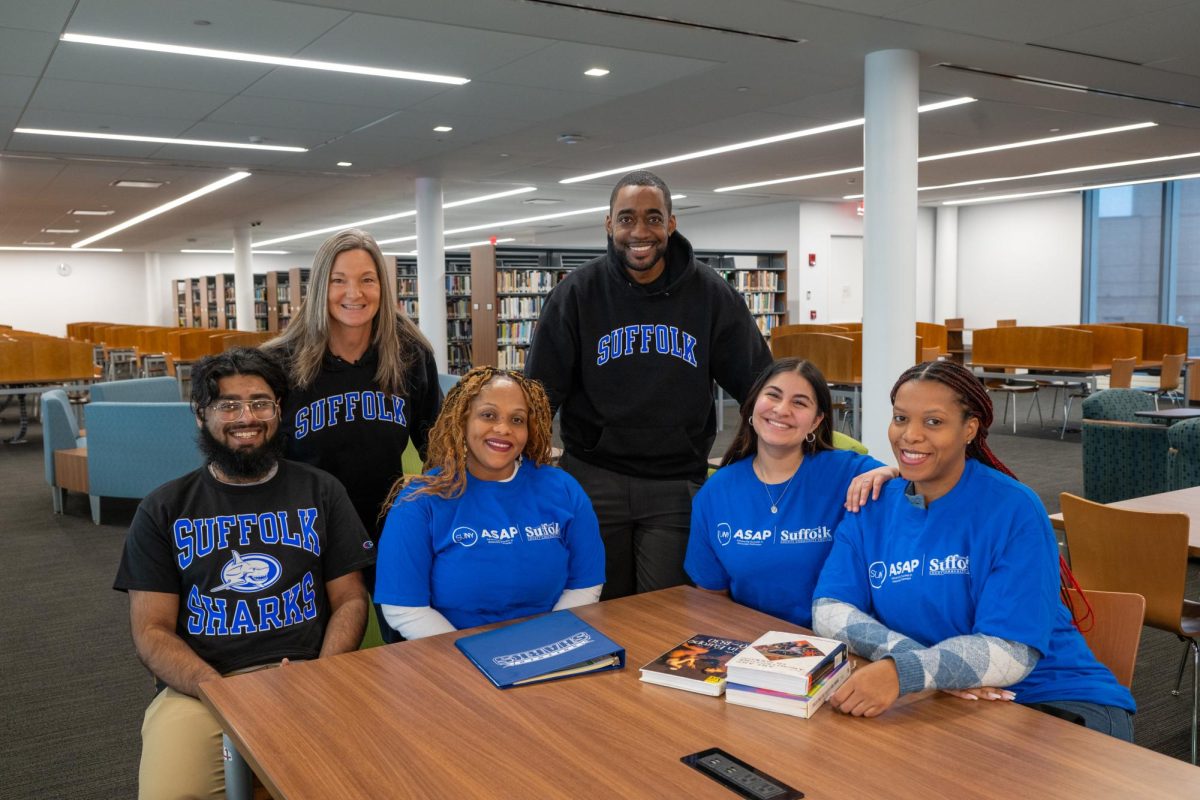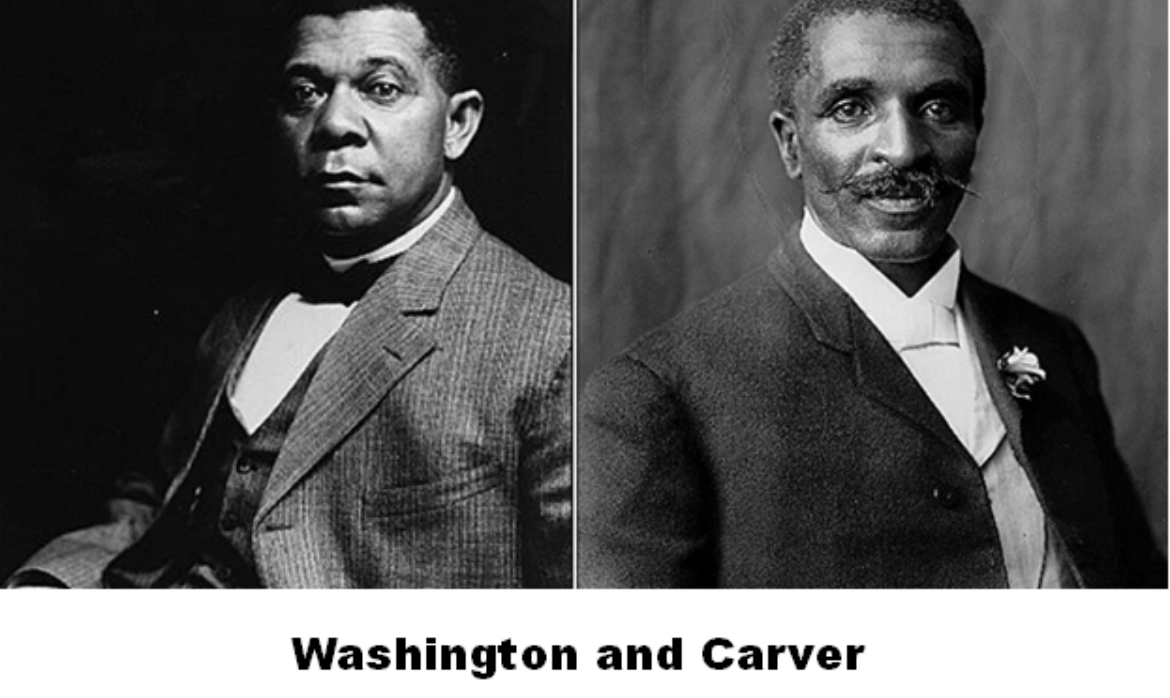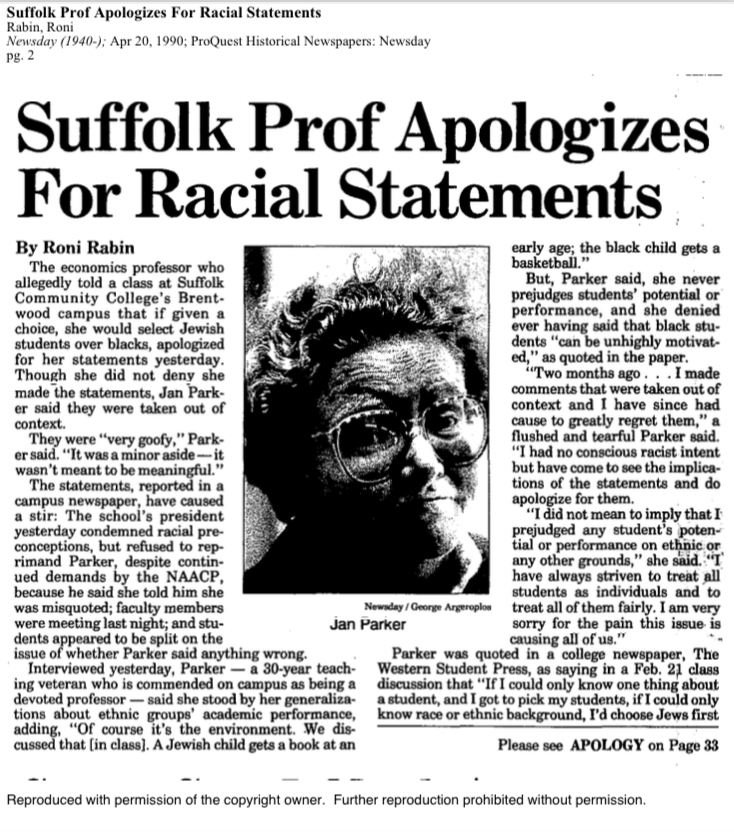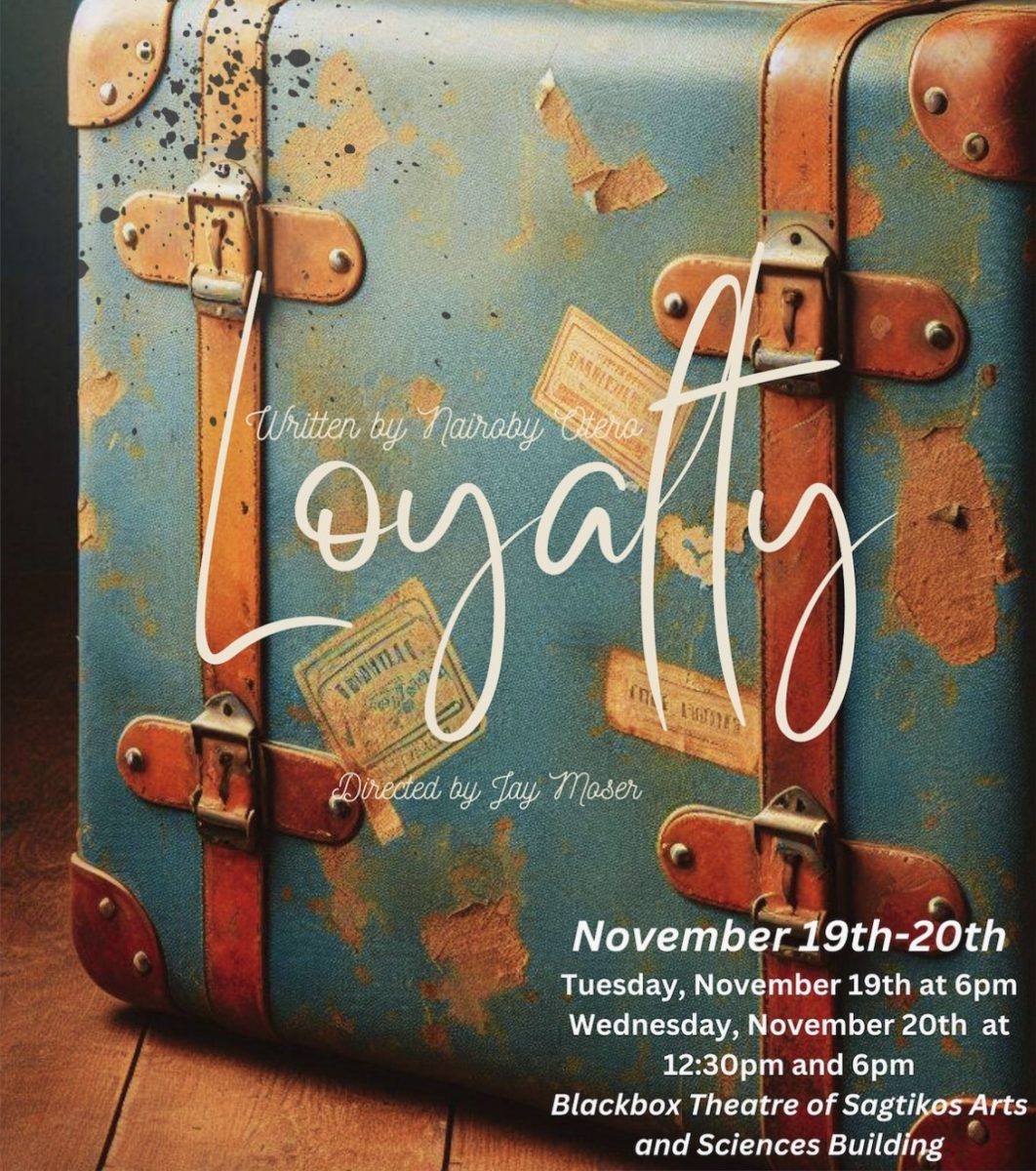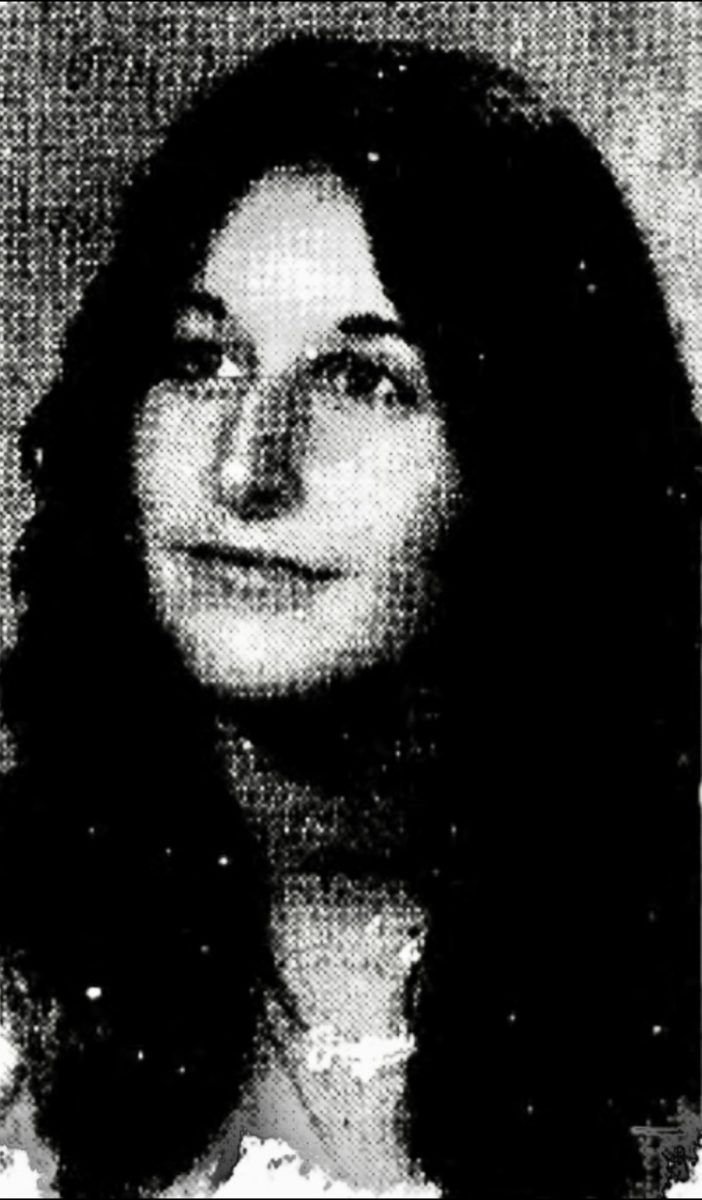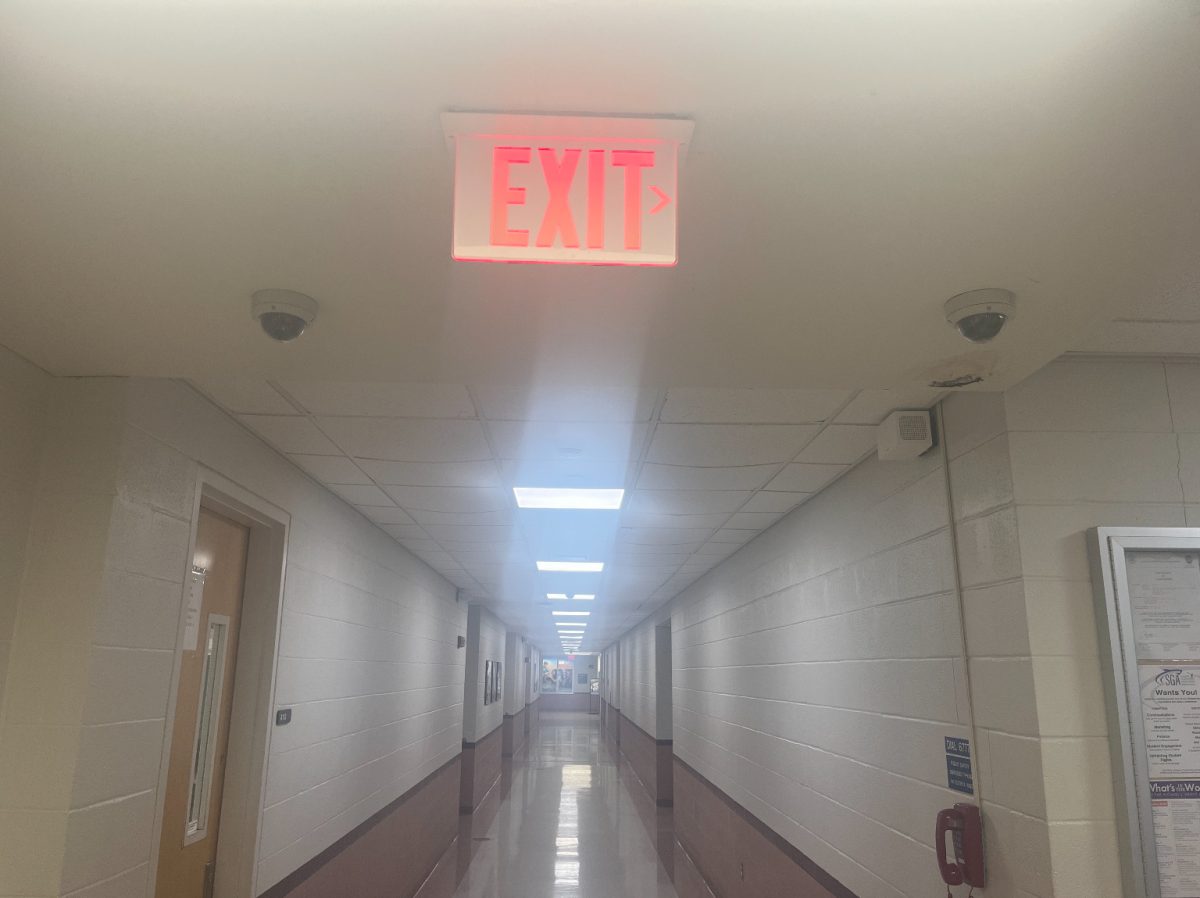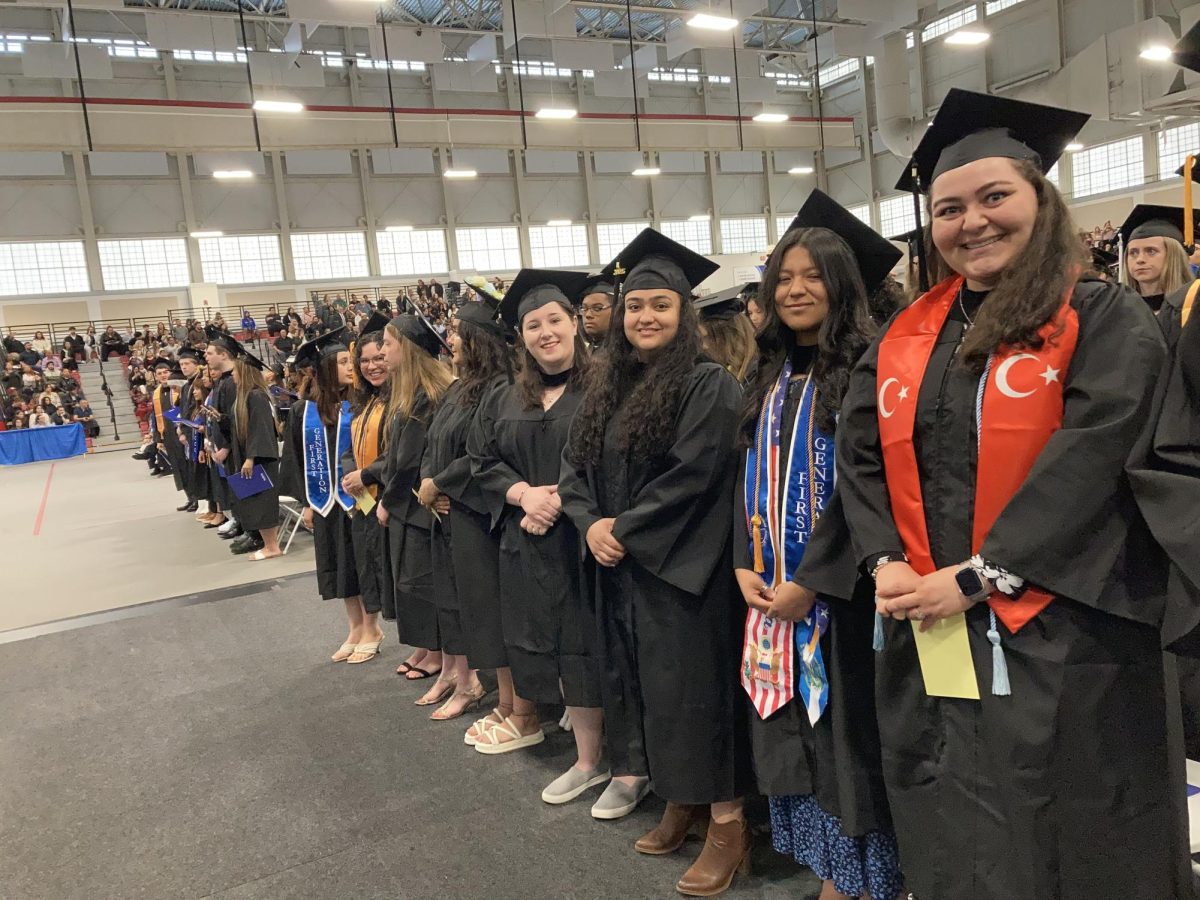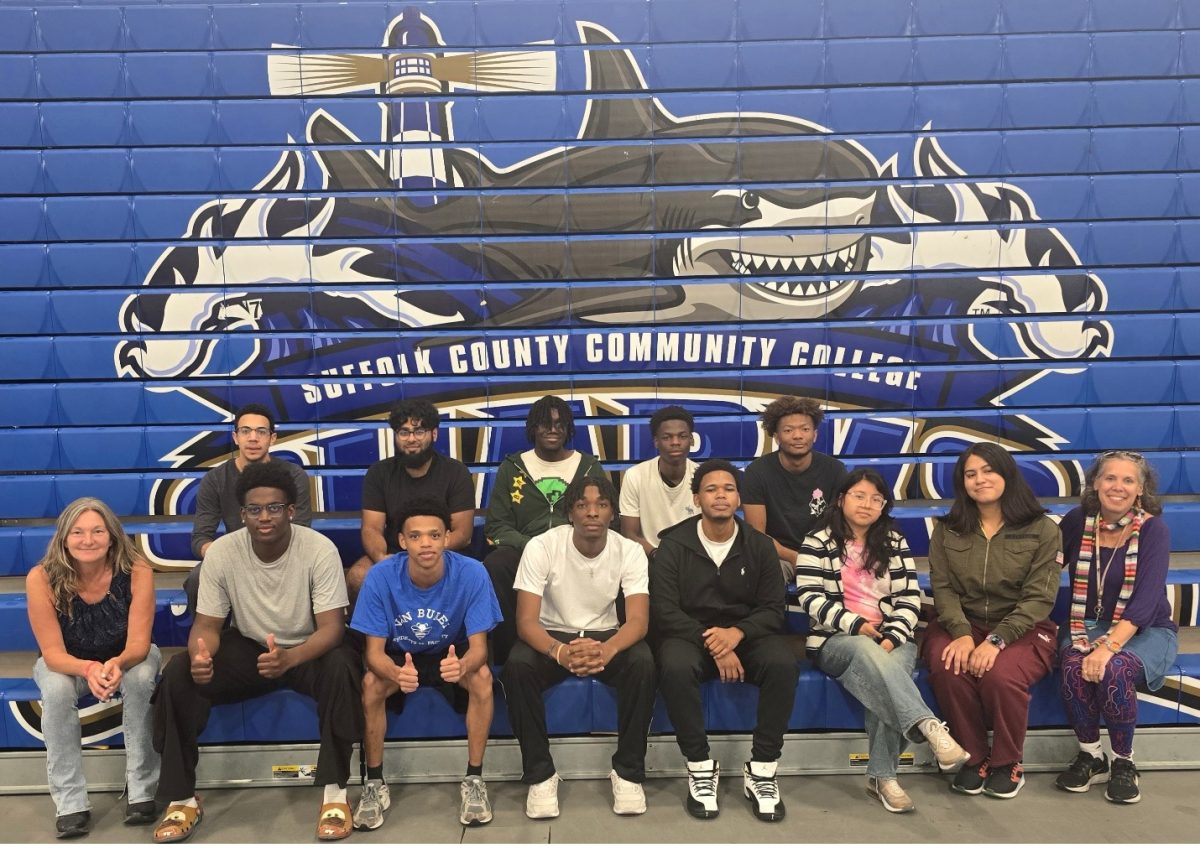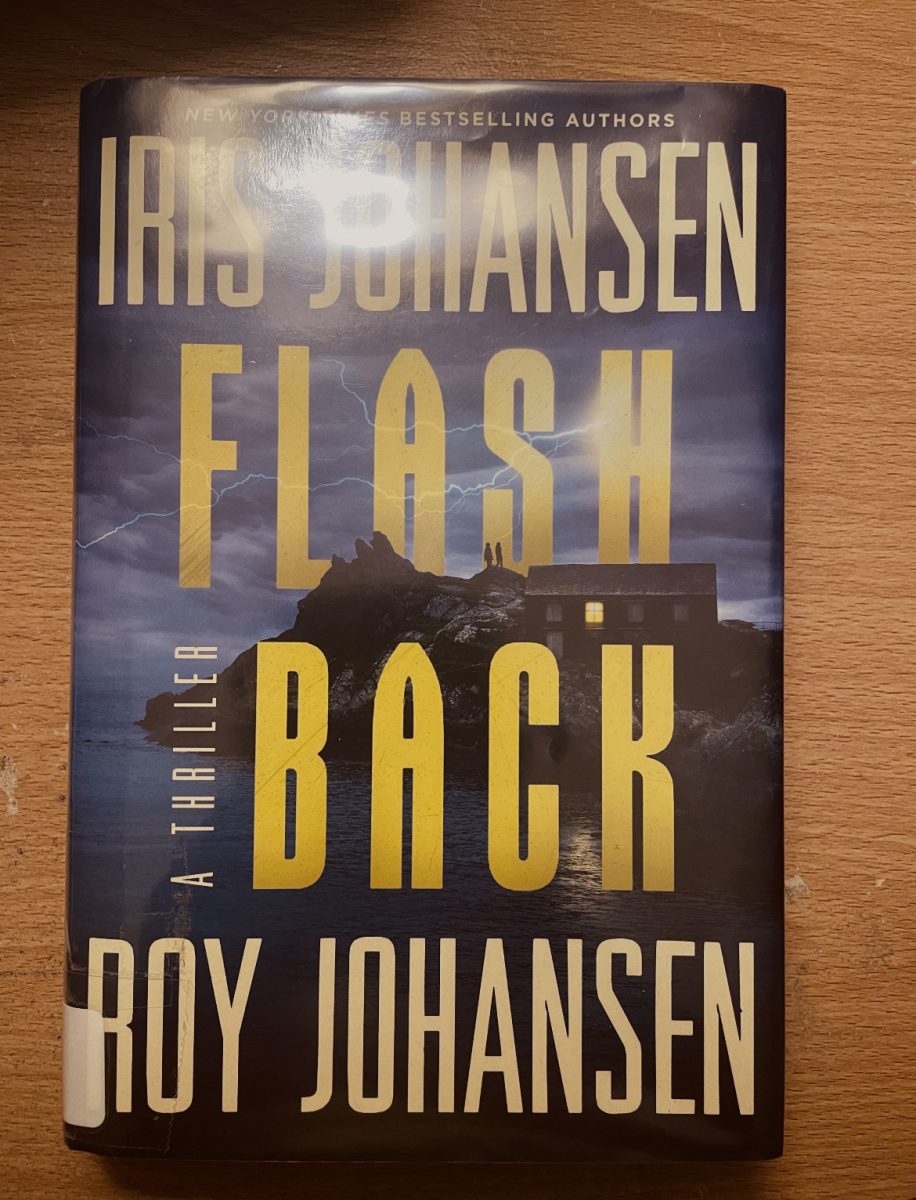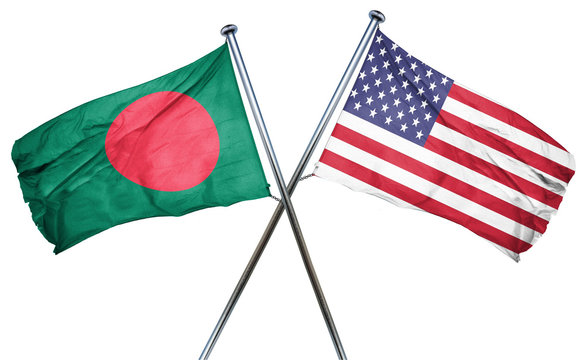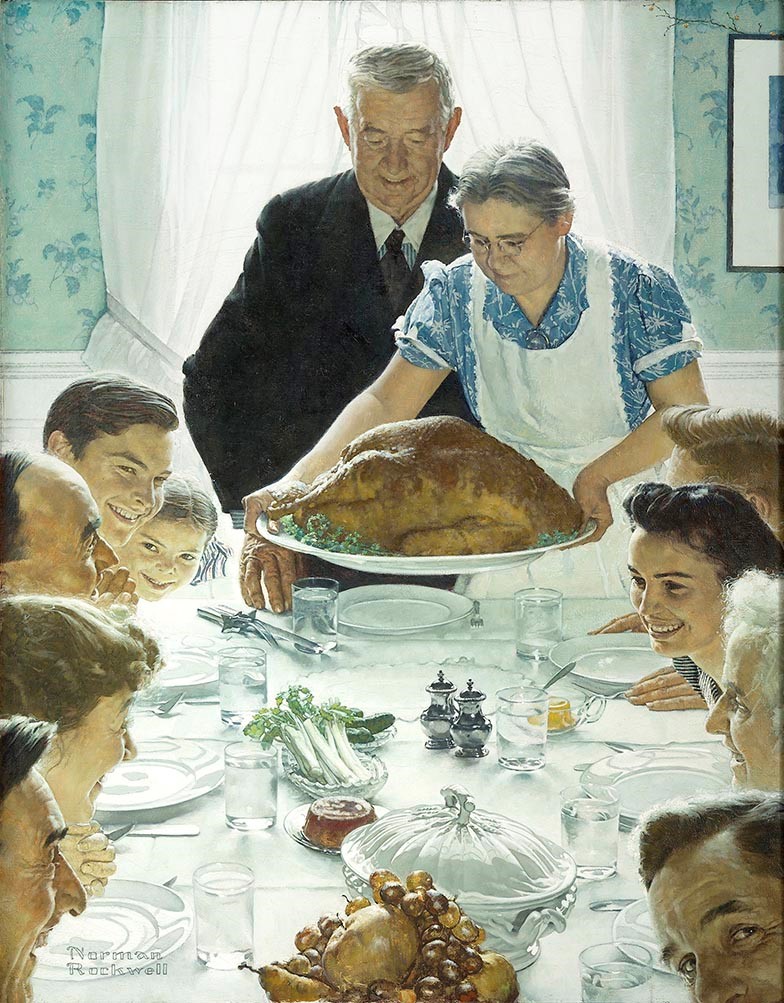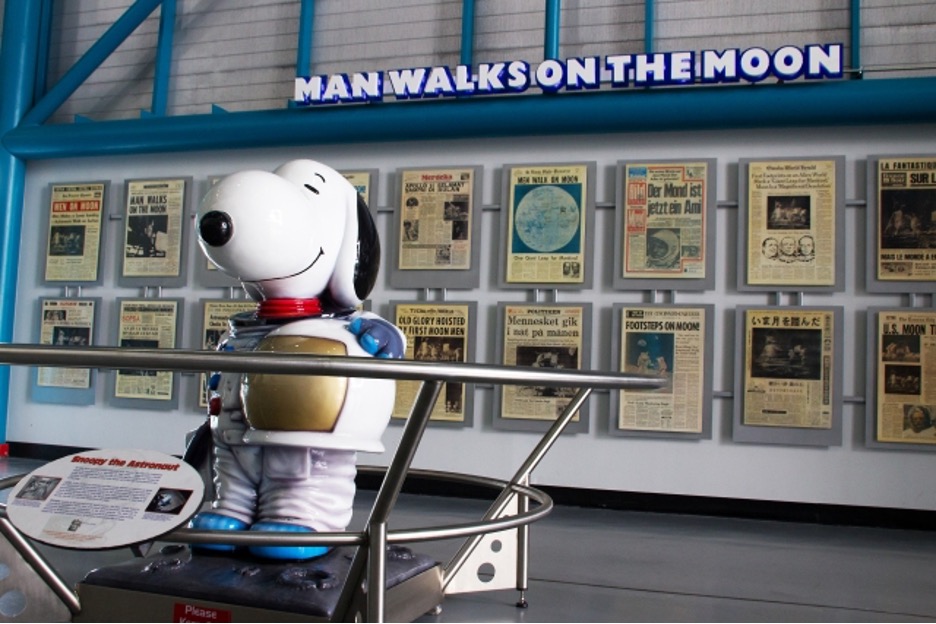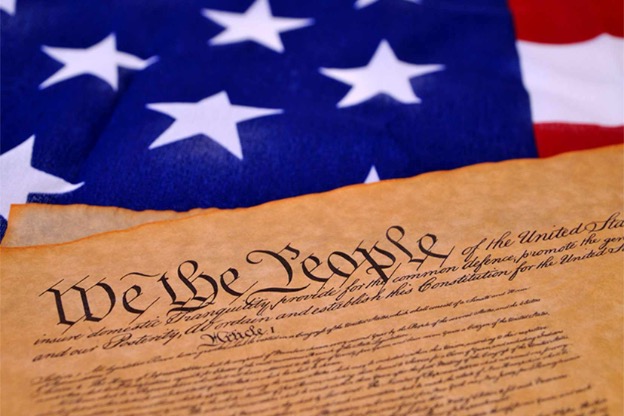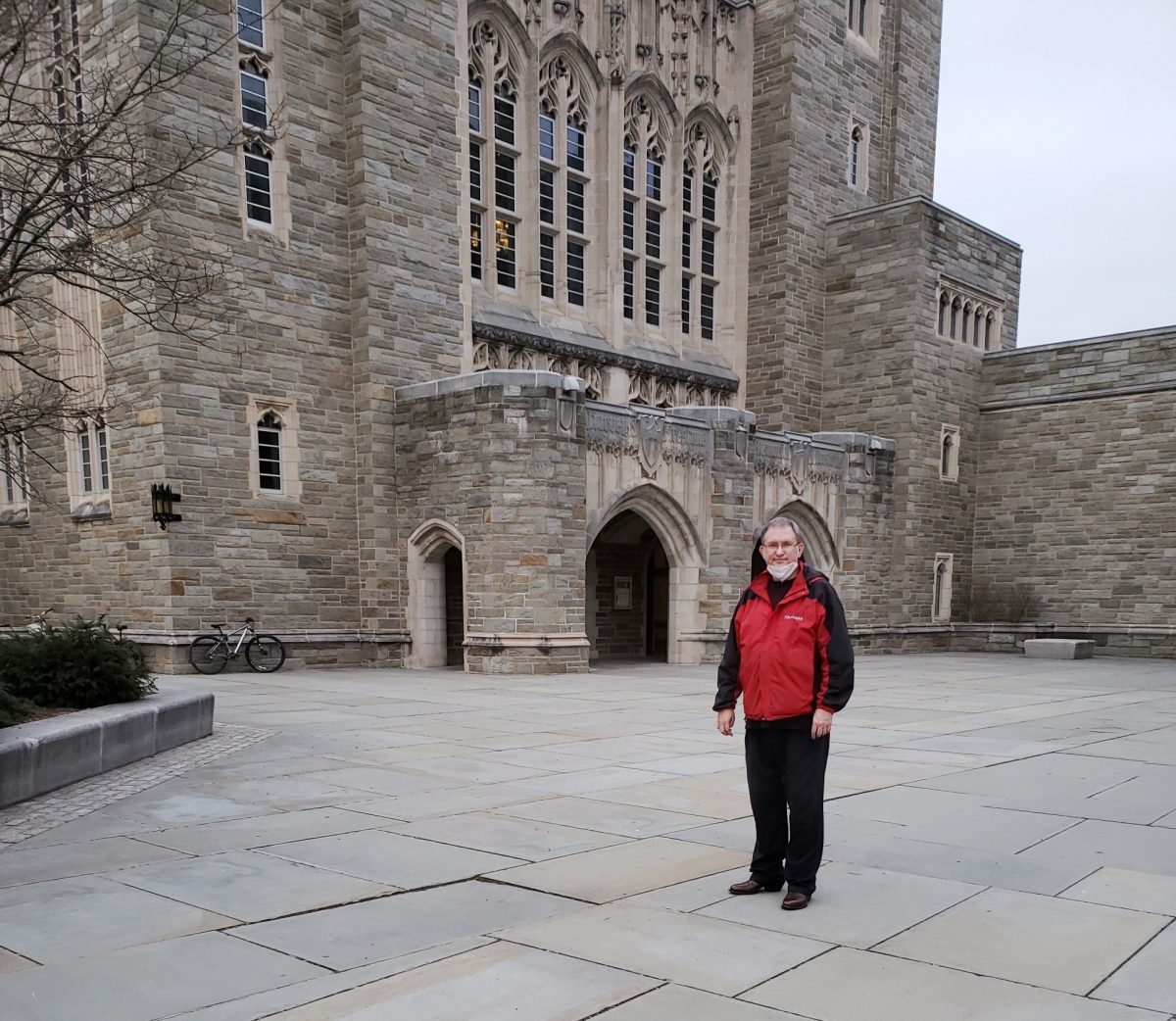In January 2024, I was invited by a friend to tour the Princeton University Campus. She was especially anxious for me to see their Firestone Research Library, the main campus library. The exterior is neo-Gothic architectural style, and the interior has a modern design with an incredible collection. Its holdings consist of over 14 million printed volumes and microforms, and over 55,000 linear feet of manuscripts. It also houses a library of Rare Books and Special Collections, a few of which are the first four printed Bibles, a copy of the Declaration of Independence, manuscripts of Bach and Beethoven, and autographed manuscripts of Toni Morrison, Mario Vargas Llosa, F. Scott Fitzgerald and others. My friend informed me that although the Firestone Library is immense, there was a need for additional space to accommodate their ever increasing electronic equipment and materials. As a result, although the Firestone Library houses the greatest amount of resources including an outstanding array of electronic equipment, there are now an additional 12 smaller libraries throughout the campus that are subject specific, well-stocked and well staffed. Touring this incredible library showed the importance placed on libraries and librarians at the institution.
As we toured the campus, there were many statues, portraits, buildings, etc. dedicated to contributors andbenefactors of the university. The Firestone family name was one that was prominently displayed. Harvey Firestone Senior’s 5 sons attended Princeton and as a result, the family has contributed liberally to the institution. For example, they donated one million dollars in 1944 (estimated to equal over 20 million dollars today) to establish the outstanding Firestone Research Library. In addition, when the library needed expanding, the Firestone’s gave another four million dollars for the project. Whenever the university was in need of equipment, materials, renovations, or buildings, it is documented that the Firestone’s donated generously. For those reasons, they are honored throughout the campus, such as the Firestone Research Library, the Firestone Plaza, and the imposing bust of Harvey Firestone Senior.
HOWEVER, the Firestone’s accumulated their fortune from the massive Firestone rubber plantation in Liberia established in the 1920s. They gained the land by convincing the government to lease one million acres of land for 100 years, including 10% of Liberia’s arable land. This resulted in displacing many communities and forcing laborers from distant communities to work the plantation. In short, the Firestone Company engaged in forced labor, racial capitalism, and white supremacy.
Another famed contributor was Woodrow Wilson (28th president of the U.S.) who graduated from the College of New Jersey, (which eventually became Princeton University), then gained a law degree from the University of Virginia, and a doctorate in political science from Johns Hopkins. After those achievements, he agreed to teach at the College of New Jersey until 1902 when he became president of what became Princeton University. During his tenure, he is credited with transforming Princeton into a highly regarded, full-scale university. He also encouraged the board of trustees to open the university to some diverse faculty resulting in the first hiring of Roman Catholic and Jewish professors. After leaving Princeton, he pursued other avenues of public service including that of president of the U.S.
In honor of his contributions to Princeton University, in 1949, the board of trustees named the School of Public and International Affairs for him. A residential complex on campus is also named in his honor. Then in 1956, the prestigious Princeton University Woodrow Wilson Award was begun. It was established to commemorate Wilson’s many contributions to Princeton University and to public service in general. The award is the highest honor bestowed by the university on an alumnus or alumna and is presented annually for distinguished public service. To date there have been 67 recipients, among them Sonia Sotomayor, Mellody Hobson, and in 2023, General Christopher Cavoli.
HOWEVER, in spite of Wilson’s achievements and contributions, he barred Black students from Princeton University, imposed segregation on several federal agencies while U.S. president, and approved views of the Ku Klux Klan. Based on those facts, in 2020 strong opposition by student groups to Wilson’s renown on campus resulted in the board of trustees removing his name from the School of International Affairs. However, the residential complex named in his honor, and the annual Woodrow Wilson Award for outstanding graduate continue.
The University’s collections and noticeable wealth are impressive but to a great extent the result of a few influential men who molded the college through either their philosophies and/or monetary generosity which resulted in its becoming a world class university.
The final benefactors of note were the members of the Pyne family. The accumulation of their financial empire was begun in the early 1800’s by Moses Taylor Pyne Sr., continued by his son-in-law Percy Rivington Pyne Sr. and then by Percy’s two sons Percy R. Pyne Jr. and Moses Taylor Pyne Jr.
Both sons graduated from Princeton University and were generous benefactors, but Moses Taylor Pyne Sr. was the one who contributed most in service, philosophy, and generosity to the university. He was elected to the Princeton University Board of Trustees at age 28 and served until age 64 during which time he was extremely influential in the university’s decision- making. He lived on an estate in the town of Princeton (now the NJ governor’s mansion) and was equally influential in the decision- making of the town. He retired early to manage his extensive portfolio which included proceeds from his directorships of about 25 companies. (His estate in today’s money would be worth about 170 million dollars.)
During his lifetime, whenever the university had projects to fund or there were budget deficits, Moses generously contributed. For example, when the library needed stacks, he gave the necessary funds for the project (which today would be the equivalent of about 14 million dollars), subsidized many undergraduate dormitories, and gave the university hundreds of acres for expansion as needed.
When Moses Taylor Pyne died in 1921, one of his obituaries was published in the Wall Street Journal. An excerpt is as follows: “A man of most exemplary character, of the finest culture and the possessor of millions, the greatest gifts in the power of succeeding administrations in Washington were at his command…”
In addition to being memorialized by his name appearing on buildings, professorships, and his portrait hanging in the graduate hall, Princeton University established in 1921, in his honor, the Moses Taylor Pyne Prize, which is the highest distinction conferred on a Princeton undergraduate senior.
HOWEVER, the Pyne fortune was accrued by being commission agents for U.S. southern plantation owners where slavery abounded, and then by branching out to being commission agents for sugar plantations in Cuba. This included controlling the successful Cuban sugar shipping enterprise resultant from the labors of hundreds of slaves, both men and women who had been purchased, chained, and transported from Africa to Havana. The slaveholding plantation owners also gave Moses Taylor Pyne money to invest in U.S. ventures which alone resulted in a profit to the Pyne family of about 100 million dollars.
Moses Pyne also professed the idea that Nordics and Anglo Saxons are naturally dominant and superior to all other human races. Therefore, he professed that there must be selective breeding. His race superiority philosophy was embraced by Nazi Germany.
Matt Bai, a contributing columnist to the Washington Post and former chief political correspondent for The New York Times magazine, suggests that instead of erasing names or removing statues commemorating flawed historical figures, leave them, and nearby place plaques indicating the reality “that great people sometimes do terrible things, and terrible people sometimes do great things. To discard all the actors we find abhorrent, along with all the things they might have accomplished, is to deny the vexing contradictions of humanity — which is exactly what real knowledge is about.”
Bai believes that publicly exposing the good and bad decisions and acts of noted persons, rather than attempting to erase their existence, “sends an important message to current and future generations, which is that times change, legacies are complicated, and leaders are flawed.”
FOOD FOR THOUGHT:
As most of us know, this subject goes beyond Princeton University and is being seen nationally with groups wanting to remove items commemorating noted, but flawed people.
1. Do you agree with Bai’s opinion regarding noted, but flawed persons or do you agree with the Princeton student group who successfully convinced the administration in 2020 to remove Woodrow Wilson’s name from the School of Public and International Affairs?
The knowledge of the philosophies and actions of Firestone, Wilson, and Pyne were well known by the Princeton Boards of Trustees and the administrations, but obviously for them, the end justified the means.
2. Do you agree that the end justifies the means?
3. Based on the knowledge regarding what most consider flawed philosophies of Woodrow Wilson and Moses Pyne, should undergraduates and graduates continue to accept the prestigious Woodrow Wilson Award and Moses Taylor Pyne Prize?
Please stop by the Grant Library and see the display that accompanies this article. The college libraries have resources regarding these topics and many others. Just ask a librarian.




